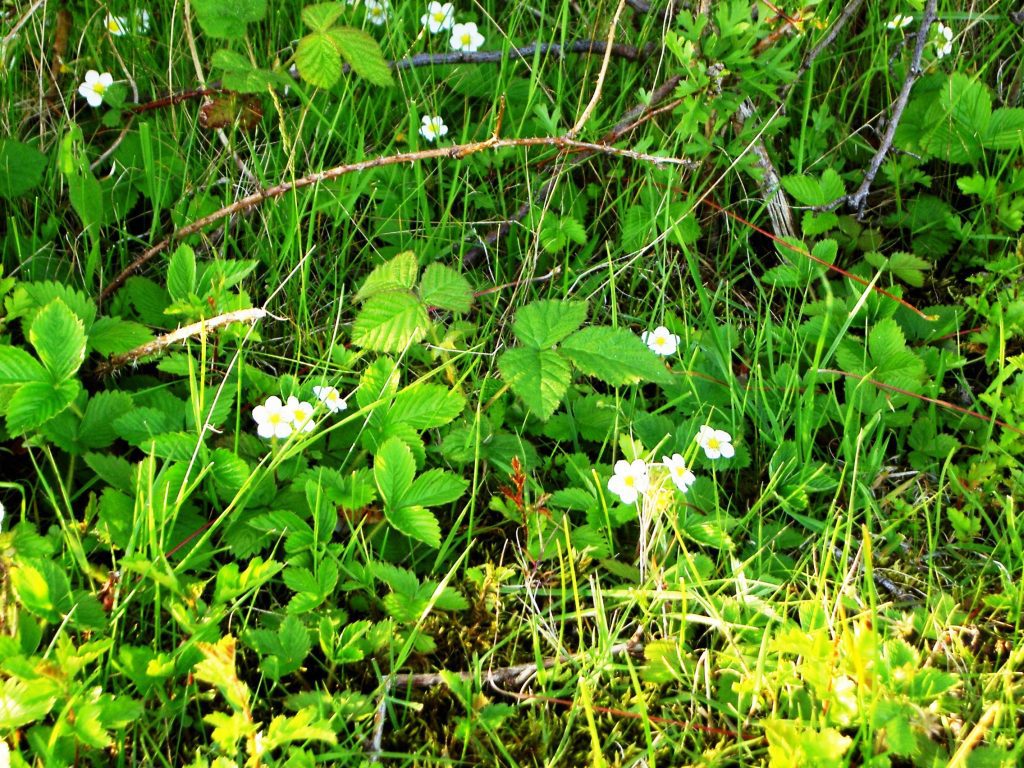
The above photo shows a wild strawberry plant in flower (May time), these being the ancestors of the modern cultivated strawberry and much prefering calcarious soils such as chalk soils. The photo was taken on the spoil-heap of South Ferriby’s second chalk quarry (see below).
By 1826 trade directories record four ‘manufactories’ of whiting in Barton. Chalk was the raw material from which whiting was manufactured, the whiting then being used in the production of distemper (whitewash) and allied products. By the 1840s two ‘whiting and paris whiting manufacturers’ were based on Waterside Road, this being a convenient location on the Estuary floodplain, near to the Haven for bulk goods transport and soon to be near the rail line. Paris whiting was a fine grade of whiting used for polishing and as a pigment in paint manufacture. Kelly’s Trade Directory of 1861 described whiting manufacture as one of the ‘chief trades’ of Barton at that time. The manufacture of whiting on Waterside in Barton was to contribute to the development of the paint making industry in Hull which continues to this day. Bulmer’s Trade Directory of 1892 recorded that the same industry existed on the north bank of the Estuary ‘at Hessle Cliffe the chalk is extensively quarried for the manufacture of Whiting, which is carried on in the parish’, the tower of the once tower-mill used to crush chalk quarried being evidence still of that past industry.
The large disused quarry just west of the Barton/South Ferriby parish boundary, commonly known as Leggett’s Quarry (now unfortunatley owned by recreation company that engages in something similar to paintballing), is/was a good place to explore the sequences of natural re-colonisation after commercial exploitation has ended. Here the initial overburden and cut chalk were used to create the loading embankment beside the Humber (s.p.b.s).
(Just a reminder that this series of blogs is mostly taken from my extended article in Section 3 of the website ‘A simplified study of the Geology of the Humberside region and some examples of its impact on the region’s Social and Economic History).
(to be continued)